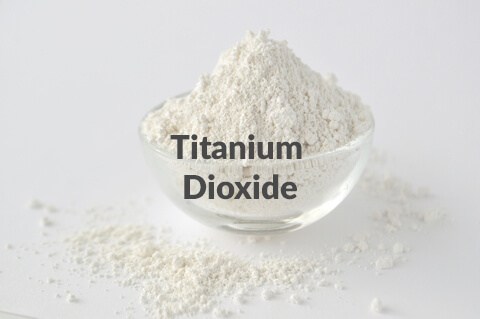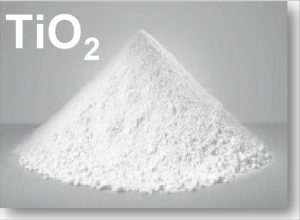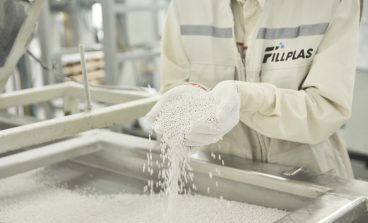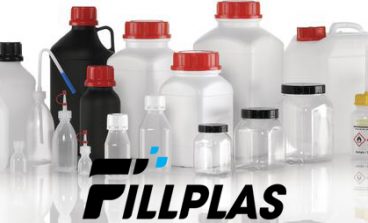
General
Titanium dioxide (TiO2) is a white inorganic compound, which has been used for around 100 years in a vast number of diverse products. It depends on it for its non-toxic, non-reactive and luminous properties. Which safely heighten the whiteness and brightness of many materials.
Moreover, It is the whitest and brightest of known pigments, with reflective qualities; it can also both scatter and absorb UV rays for Fillplas’s White masterbatch.
Applications
Nowadays, Its ultra-white color, highly-refractive and UV-resistant properties make TiO2 enormously popular with both the industrial. And consumer sectors, appearing in dozens of products that people use and see on a daily basis.
Beyond paints, catalytic coatings, plastics, paper, pharmaceuticals and sunscreen, some lesser-known applications include packaging, commercial printing inks, other cosmetics, toothpastes, and food.
Using for Paints, coatings and plastics
When used specifically as a pigment in paints, TiO2 for Fillplas’s White masterbatch is called titanium white. It is also known as ‘the perfect white’ or ‘the whitest white’ due to its powerful, pure whitening qualities.
Until laws changed in the 1920s, most commercial paint manufacturers used highly toxic white lead as a whitener and did not initially convert to using titanium dioxide, partly due to its higher cost. Zinc oxide (ZnO) is also using as a white pigment but is not as effective.
Titanium dioxide is now one of the most common pigments in global use, and is the basis for most paint colours. It is also finding in coatings and plastics. These uses of titanium dioxide account for more than 50 percent of its global usage.
Its high refractive index means that, as a pigment, it is able to scatter visible light. This results in an opaque color and creates a bright, reflective quality when applied to a surface or incorporated into a product.
A key example of its use in these applications is as a coating for wind turbines, providing both a suitable white colour and protection from UV degradation. For the same reasons, it is also finding in plastic window frames.



